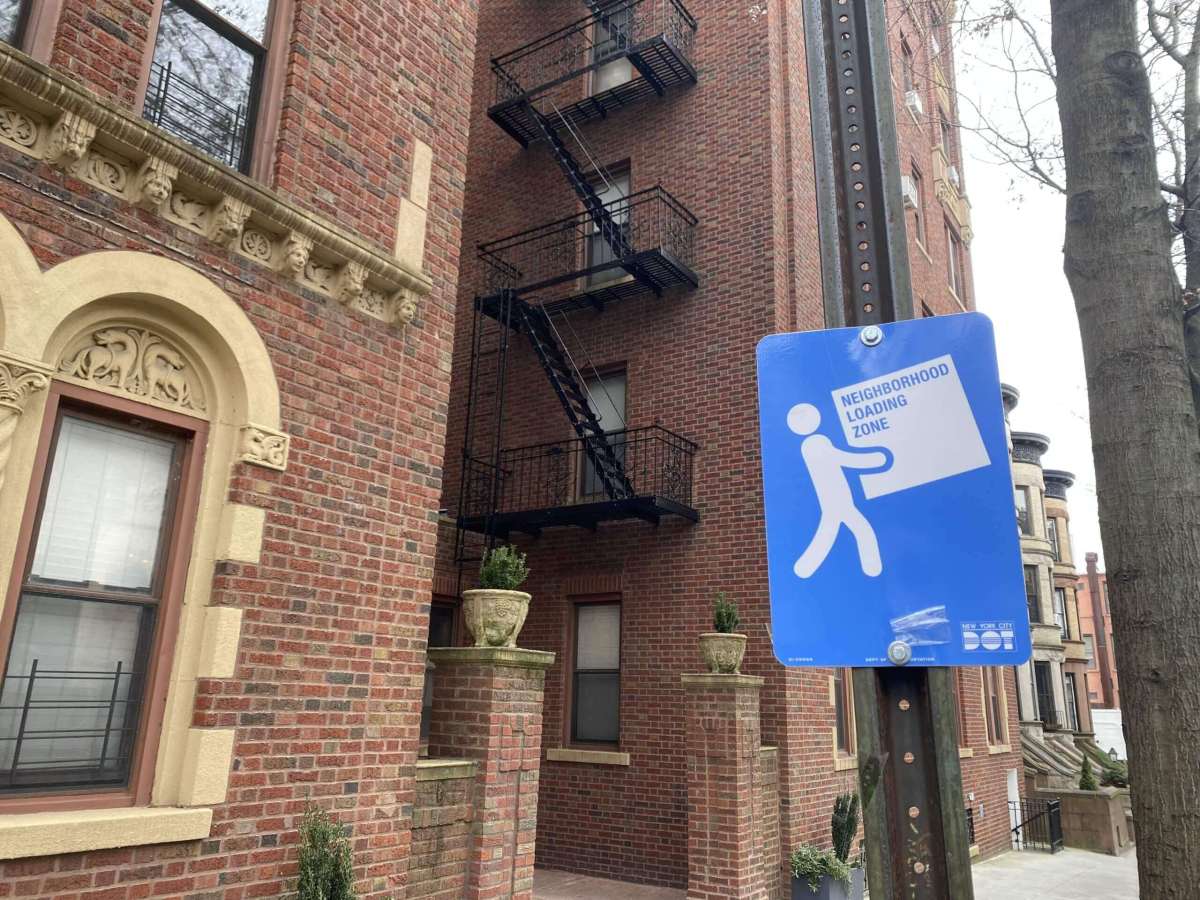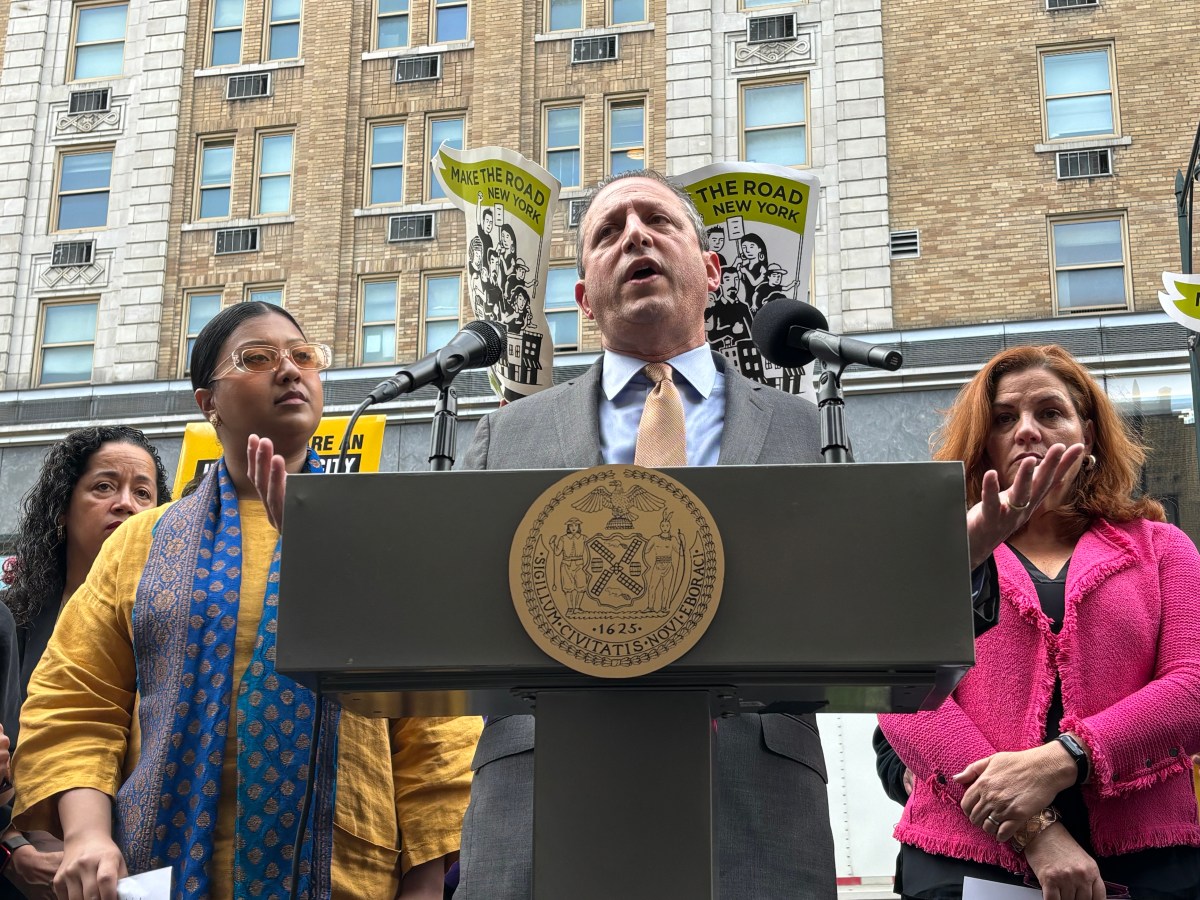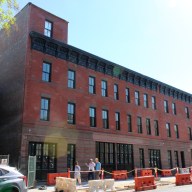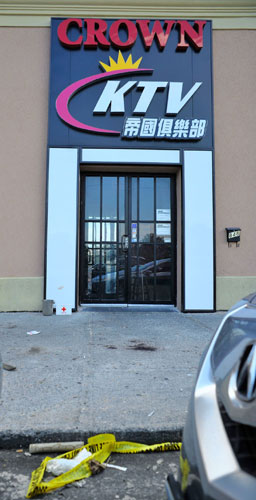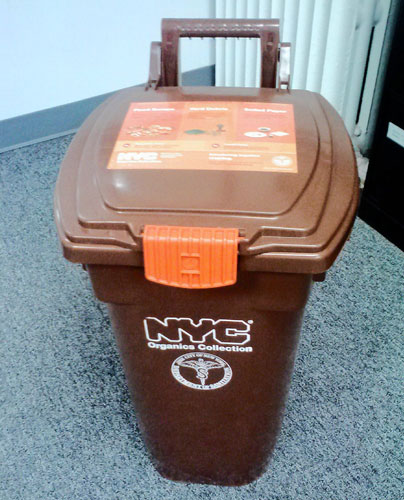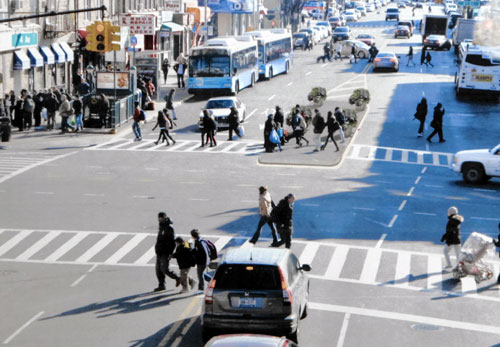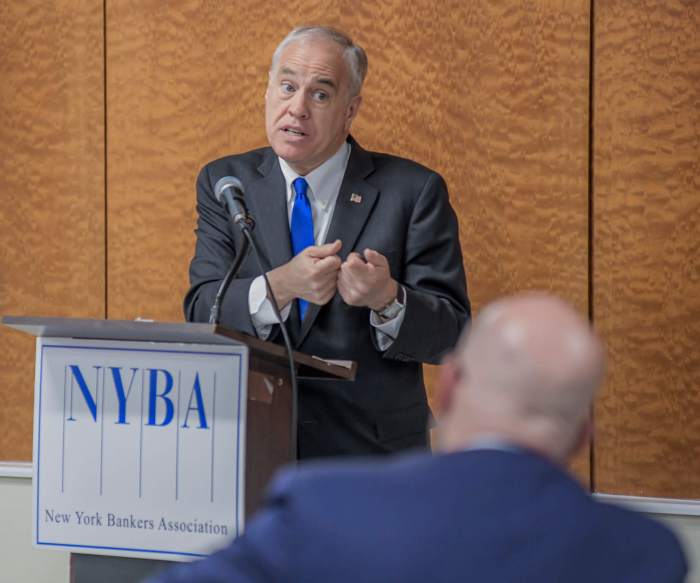City transportation honchos have agreed to some of the demands made by Community Board 10 in reference to their plan to install neighborhood loading zones on residential streets in Bay Ridge and Dyker Heights.
“We’re happy to work with residents in Bay Ridge to improve on our plan and look forward to installing our Neighborhood Loading Zones this spring,” said Vin Barone, a Department of Transportation spokesperson. “These zones will help cut down on double parking and keep our travel and bike lanes clear.”
At its February general meeting, Community Board 10 — which spans Dyker Heights and Bay Ridge — issued a conditional approval for the loading zone plan, which would bring 31 loading zones, that can be used as short-term parking for errands like grocery or passenger drop off, to their residential streets.
The board asked the agency to make six changes to the plan, which included rolling in the new zones incrementally, shortening active hours on weekdays, reducing the number of sites to only one per block, conducting a public outreach campaign on the new program, implementing better signage and loading zone coloration at the curb, and releasing a data feedback report to the board six months after installation.
The agency reported back that they will make four of the requested changes to their plan, reducing the hours from 7 am to 7 pm to 8 am to 6 pm, staggering installation of the loading zones to 10 at a time starting with 8220 Fort, and only implementing one per block, as well as conducting outreach to the community and delivery companies.
With the agreement to introduce one loading zone per block, the number of loading zones coming to the neighborhood will be reduced to 28 spaces, down from the originally planned 31.
In an effort to further increase safety within the board’s parameters, the city agency said it will also introduce a raised crosswalk at 66th Street and Fifth Avenue this spring. Reps told the board the new crosswalk will work like a speed bump, but feature a flat top for pedestrians to walk upon, all the while reducing vehicle speeds, improving pedestrian visibility and increasing accessibility by providing a level crossing. It will be the first of its kind in Bay Ridge.
The project stems from a law enacted by the City Council in November 2021 mandating that the city Department of Transportation install 500 residential or commercial loading zones across all of the five boroughs. There are currently 146 neighborhood loading zones in place, with another 24 to be installed in Manhattan by the end of March.
During their active hours, neighborhood loading zones can be used for package deliveries by commercial vehicles, taxi and car service pick-up and drop-off and the active loading and unloading of passenger vehicles. They will serve as regular parking spots outside of active weekday hours and on the weekends.
Neighborhood loading zones are being introduced across the Big Apple with the goal of preventing double parking and reducing conflicts between vehicles, pedestrians and bicyclists and create more efficiency for all users of city streets.
“Providing dedicated curb space for these activities during daytime and evening hours will help to reduce double parking as well as other unwanted standing behaviors, creating a safer and more efficient environment for all road users,” the city Department of Transportation’s website states. “Neighborhood Loading Zones aims to help reduce conflicts between trucks and cyclists, improve bus travel times, and better serve all of the activities that occur on our city’s streets.”


